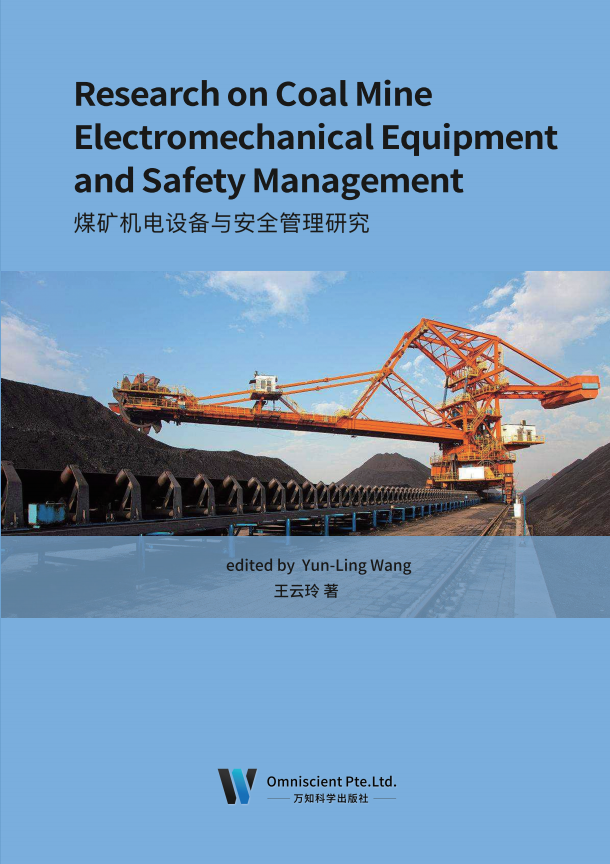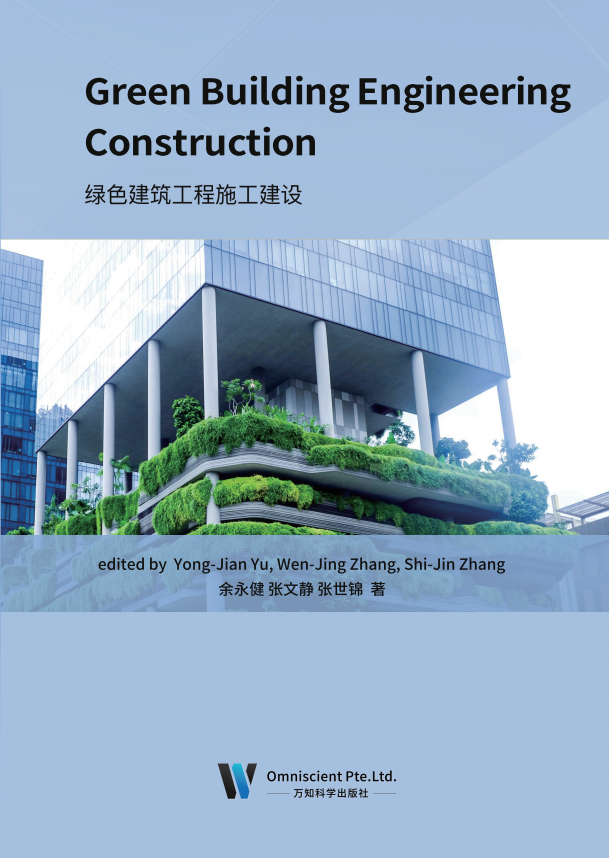
With the process of industrialization and urbanization, our country has made remarkable achievements in economic construction. However, due to the recombination of labor, changes in people’s values, changes in family structure and demographic structure, and intensified social competition that occurred during this process, the psychological stress factors in people’s lives have increased, causing new spiritual and behavior problems for human beings. In order to help us adapt to the changes of the mental illness problems in our country and the new requirements for relevant prevention and treatment, the editors, based on their own clinical experience for years, compiled this book, Research on Diagnosis, Treatment and Nursing Practice of Practical Psychiatric Disease. During the compiling process, the editors paid attention to the reference to a large number of relevant professional literature, concisely explained the etiology and classification of mental disorders, symptoms of mental disorders, diagnosis, treatment and nursing of organic mental disorders, mental disorders caused by psychoactive substances, schizophrenia, mood disorders, neurosis, etc. This book, concise and easy to read, can be used for reference by psychiatrists, nurses, and trainees.
前 言
随着工业化、都市化的进程,我国在经济建设上取得了举世瞩目的成就。但在 此过程中,由于劳动力的重新组合,价值观念的改变,家庭结构和人口结构的变化 及社会竞争不断加剧,导致人们生活中的心理应激因素增加,带来了新的精神心理 和行为问题。为适应我国精神疾病的变化和对防治工作提出的新要求,编者结合自 身多年的临床工作经验撰写了这本《实用精神科疾病诊疗与护理实践研究》。 在编写过程中,编者注重参阅大量相关专业文献,简明扼要地阐述精神障碍的 病因与分类,精神障碍的症状,脑器质性精神障碍的诊疗与护理,精神活性物质所 致精神障碍的诊疗与护理,精神分裂症的诊疗与护理,心境障碍的诊疗与护理,神 经症的诊疗与护理等。本书简明扼要,便于阅读查看,可供精神科医师、护士、进 修人员查阅参考。

Compared with other diseases, mental disorders emphasize more on “patient-centered” rather than “disease-centered”, and need more individualized treatment. In particular, psychotherapy and psychosocial therapy are still in the stage of introduction and digestion in China. While standardizing the clinical work of psychiatry department, we must pay attention to the specific situation of specific patients. China is the country with the largest number of people suffering from mental illness in the world. The root causes of mental illness are extremely complex, and the complex factors are more complex than any other country in the world. The behaviors of self mutilation, suicide, harming others and harming society due to serious mental illness emerge in endlessly, and even have a gradually increasing trend in recent years. This kind of national mental state puts forward strong challenges and higher requirements for the medical workers in our country to protect people’s health. However, most of the medical workers in our country do not have the ability to cope with the challenges and perform the corresponding responsibilities. They are not competent for this kind of responsibility and can not meet the health needs of the people, which requires the medical workers to enhance their ability in this aspect, and learn to improve this knowledge. In addition, the gradual expansion of the liberalization of medical practice of professional doctors in China liberates the productivity of doctors, promotes the development of doctors, and improves the income of doctors, which requires doctors to continuously improve their comprehensive quality, enhance their sense of honor, and meet the needs of patients. Especially in the treatment of patients with mental illness, we should quickly enhance our ability to solve this problem. This book is suitable for mental health professionals, medical staff in other departments and people who are interested in psychiatry.
前 言
精神障碍与其他疾病相比,更加强调“以病人为中心”,而不是“以疾病为中 心”,更需要治疗的个体化。特别是心理治疗及心理社会治疗,在我国仍处于引进 和消化阶段。精神科的临床工作,在规范化的同时,必须注意具体病人的具体情况。 我国是世界上患有精神疾病人口最多的国家,国民罹患精神疾病的根源是极其 复杂的,其复杂因素超过世界上其他任何一个国家应有的程度;因患严重精神疾病 而自残、自杀、伤害他人、危害社会的行为层出不穷,近年来甚至有逐渐增加的趋 势。这种国民精神状况对我国的医务工作者保护人民健康的职责提出了强烈的挑战 和更高的要求,但我国的大多数医务工作者都还不具备应对这种挑战和履行相应职 责的能力,胜任不了这种职责,满足不了国民的健康需要,这就要求医务工作者迅速增 强这方面的能力,学习提高这方面的知识;再加上我国职业医师行医自由化的逐步扩 大,解放了医生的生产力,促进了医生的发展,提高了医生的收益,这就要求医生必须不 断提高综合素质,增强荣誉感,满足患者需要。特别是在对待有精神疾病的患者,在这 个问题上更应迅速增强这方面的解决能力;本书正是这样一部既适合精神卫生专业 人员阅读,也适合其他各科医务人员及对精神病学有兴趣的人士参阅。

On the basis of surgery as the main treatment, neurosurgery applies unique neurosurgical research methods to study the injury, inflammation, tumor, malformation of human nervous system and its related subsidiary organs, as well as some genetic metabolic disorders or functional disorders. It is a high-level, precise and advanced subject. Since the beginning of the 21st century, the clinical and basic research of neurosurgery and the popularization and application of new technologies have made rapid development and great changes. For complex diseases of nervous system, due to the improvement of detection methods and the continuous update of surgical technology, the level of diagnosis and treatment has made great progress. This book focuses on cerebrovascular diseases, brain tumors and neurosurgical interventional treatment. In the compilation, we pay special attention to the elaboration of the theoretical basis and the guidance of clinical practice, and combine with the latest development at home and abroad, the content is full and accurate, concise and clear. The content of this book is clear, thorough, easy to read and understand, and hope to bring help to the majority of Neurosurgery medical workers.
前 言
神经外科是在手术为主要治疗手段的基础上,应用独特的神经外科学研究方 法,研究人体神经系统以及与之相关的附属机构的损伤、炎症、肿瘤、畸形和某些 遗传代谢障碍或功能紊乱等疾病的一门临床外科专科,是一门高、精、尖学科。进 入 21 世纪以来,神经外科学的临床与基础研究和新技术的推广应用,都有了迅速的 发展和巨大改变。对于神经系统复杂病症来说,由于检测手段的改进以及手术技术 的不断更新,使诊治水平有了很大的进展。 本书重点介绍了脑血管疾病、颅脑肿瘤及神经外科介入治疗等多方面的内容。 在编写时,特别注重对理论基础的阐述和对临床实践的指导,并结合国内外最新发 展动态,内容翔实、简洁明了。所述及的内容清楚、透彻,易读易懂。希望能给广 大的神经外科医护工作者带来帮助。

As an important part of enterprise management, equipment management directly affects the production and operation of enterprises. In recent years, China has announced and implemented a lot of laws and regulations, technical specifications and management standards on equipment management, which has increased the intensity of equipment management. Equipment management has become an essential core skill for enterprise managers and technicians. Coal mine safe production involves many disciplines and technical categories. Coal mine electromechanics is different from other majors in coal mine production because of its various characteristics, wide range, long line, many links, strong professionalism, and large number of employees in the mine. Especially in the past 20 years, the level of coal science and technology has been rapidly improved, and many new technologies and new equipment have been widely applied. Information technology has greatly changed the coal mine production such as equipment control, production and management and safety decision-making. This kind of change makes the coal mine electromechanical management leap to a higher level. At the same time, the contradiction between the requirements of the improved technology and the quality of employees is becoming increasingly prominent, which also puts forward higher, more detailed and stricter requirements for coal mine electromechanical management.
前 言
设备管理作为企业管理的重要内容,直接影响着企业的生产经营。近年来,我 国相继颁布和实施了很多设备管理方面的法律法规、技术规范及管理标准,加大了 对设备管理的力度。设备管理已成为企业管理人员、技术人员必备的核心技能。 煤矿安全生产涉及很多学科领域和技术门类,面煤矿机电工作更以其点多、面 广、线长、环节多、专业性强、从业人员占矿井总人数多的特点,区别与煤矿生产 的其他专业。特别是近 20 年来煤炭科技水平快速提升,许多新科技、新设备得到广 泛应用,信息技术更是让煤矿生产从设备控制、生产经营管理、安全决策等各环节 发生了重大变化,这种变化让煤矿机电管理跃上了更高的层次。与此同时,技术的 进步对从业人员的要求和从业人员自身素质这一矛盾也日显突出,这也给煤矿机电 管理工作提出了更高、更细、更严的要求。

Currently faced with the huge challenges of resource shortages and environmental deterioration around the world, green buildings have become an inevitable trend for sustainable development in the field of architecture. How to understand “green building”? At present, the concept of “green building” that generally recognized by the domestic professional academic fields, government, and the public at all levels, is defined by Green Building Evaluation Standards (GB/T50378-2006) issued by the Ministry of Construction in our country in 2006: Green Building refers to the building that can save resources (energy saving, land saving, water saving, material saving) to the greatest extent during its whole life cycle, while protecting environment, reducing pollution, providing people with healthy, applicable and efficient use of space, and being in harmony with nature. The process of developing green buildings is essentially a process of promoting ecological civilization construction and learning and practicing the scientific development concept. Its purpose and function is to realize a high degree of harmony and unity among humans, architecture and nature; the full coordination of economic benefits, social benefits and environmental benefits; and the healtyy, rapid and sustainable development of national economy, human society and ecological environment. In fact, the development of green buildings is the inevitable result and requirement of the civilization process of human society. It is the rational grasp of human understanding on the essence of architecture. It is a new system theory and proposition held by mankind towards architecture. It is a kind of ism and a banner. banner. When a banner is set up, it symbolizes hope and leads the direction. Most of our lives are spent in buildings, and everyone without exception is more or less inextricably linked with architecture, not to mention people working in architecture and real estate or related fields. Therefore, we must put the construction of a resource-saving and environment-friendly society in the prominent position of the country's industrialization and modernization development strategy, and implement it in every unit and every family. Under the guidance of the banner of green building, we will take the road of civilized development and construction of production development, affluent life and good ecology, and create a happy and beautiful tomorrow together for future generations.
前 言
面对当今世界资源短缺和环境恶化的巨大挑战,绿色建筑已经成为建筑领域可 持续发展的必然趋势。如何理解“绿色建筑”?目前在国内得到专业学术领域和政 府,公众各个层面普遍认同的“绿色建筑”概念,是由建设部于 2006 年发布的《绿 色建筑评价标准》(GB/T50378-2006)给出的定义:绿色建筑是指在建筑的全寿命 周期内,最大限度地节约资源(节能、节地、节水、节材),保护环境,减少污染, 为人们提供健康、适用和高效的使用空间,与自然和谐共生的建筑。 发展绿色建筑的过程本质上是一个生态文明建设和学习实践科学发展观的过 程。其目的和作用在于实现与促进人、建筑和自然三者之间高度的和谐统一;经济 效益、社会效益和环境益三者之间充分的协调一致;国民经济、人类社会和生态环 境又好又快地可持续发展。 实际上,发展绿色建筑是人类社会文明进程的必然结果和要求,是人类对建筑 本质认识的理性把握,是人类对建筑所持有的一种新的系统理论和主张,是一个主 义,是一面旗帜。旗子立起来了,就象征着希望,就指引着方向。我们人生的绝大 部分时间是在建筑物内度过的,每一个人无一例外地都或多或少地与建筑有着千丝 万缕和密不可分的联系,更不用说从业于建筑和房地产业相关领域工作的人们了。 因此,我们必须把建设资源节约型、环境友好型社会放在国家的工业化和现代化发 展战略的突出位置,落实到每个单位、每个家庭。在绿色建筑这面旗帜的指引下, 走生产发展、生活富裕和生态良好的文明发展建设之路,共创世世代代幸福美好的 明天。